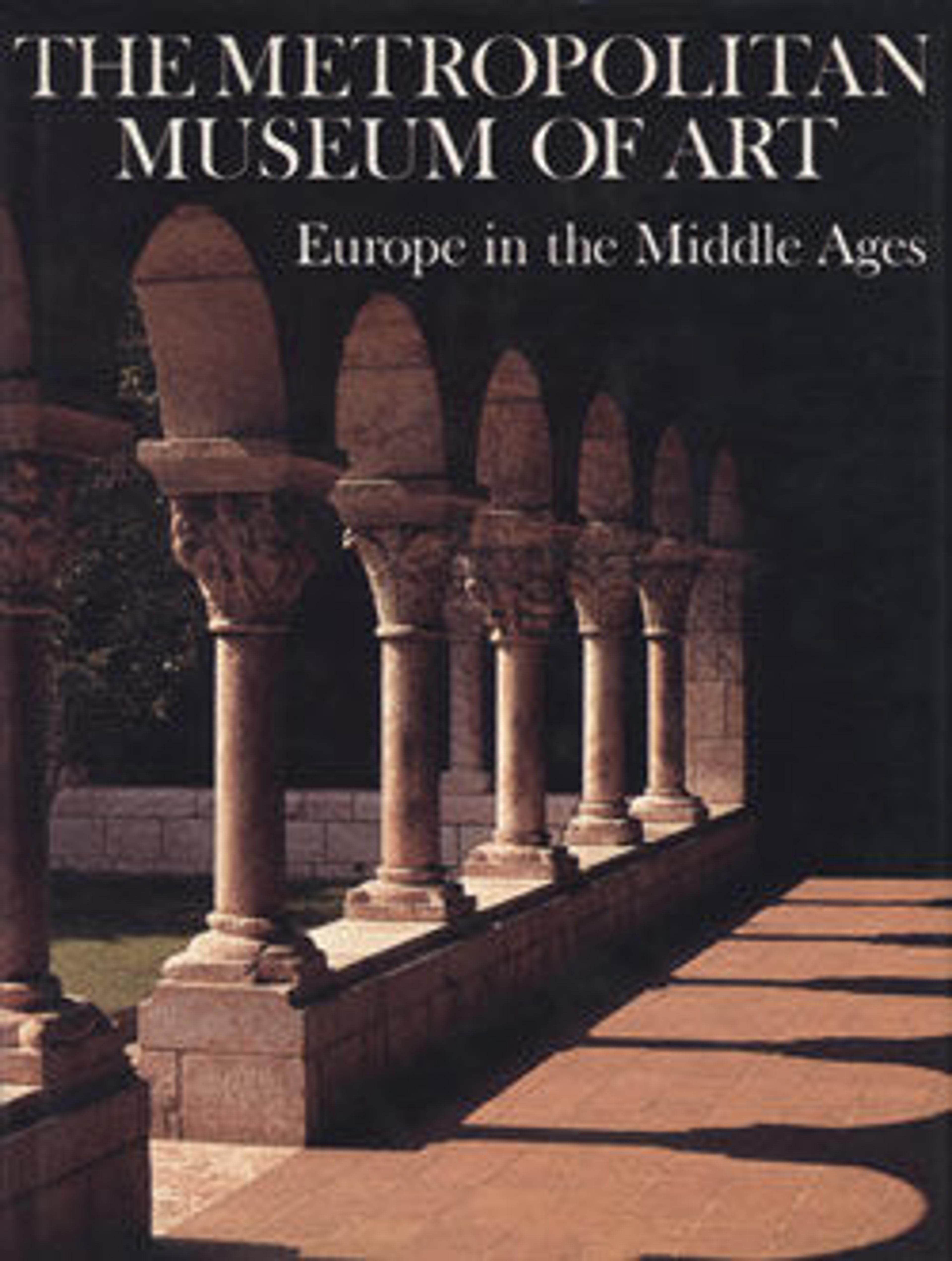Table Base with Jonah Swallowed and Cast Up by the Big Fish
This table base displays the story of Jonah (Jonah 1:12–2:10), who is shown being swallowed by a ketos, a legendary sea monster of the classical world, and then being rescued. According to Matthew (12:40), the story of Jonah was a foretelling of the Resurrection of Christ. The ship is a rare detailed depiction of a Roman merchant ship. Tarsos, where the base was found, was the birthplace of Saint Paul and an important Christian city.
Artwork Details
- Title: Table Base with Jonah Swallowed and Cast Up by the Big Fish
- Date: early 300s
- Geography: Made in Asia Minor
- Culture: Roman
- Medium: Marble, white
- Dimensions: Overall: 19 1/2 x 24 x 13 1/4 in. (49.5 x 61 x 33.7 cm)
Base: 9 5/8 x 10 1/4 in. (24.4 x 26 cm)
weight: 181lb. (82.1kg) - Classification: Sculpture-Stone
- Credit Line: Gift of John Todd Edgar, 1877
- Object Number: 77.7
- Curatorial Department: Medieval Art and The Cloisters
More Artwork
Research Resources
The Met provides unparalleled resources for research and welcomes an international community of students and scholars. The Met's Open Access API is where creators and researchers can connect to the The Met collection. Open Access data and public domain images are available for unrestricted commercial and noncommercial use without permission or fee.
To request images under copyright and other restrictions, please use this Image Request form.
Feedback
We continue to research and examine historical and cultural context for objects in The Met collection. If you have comments or questions about this object record, please complete and submit this form. The Museum looks forward to receiving your comments.
